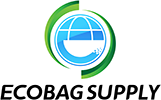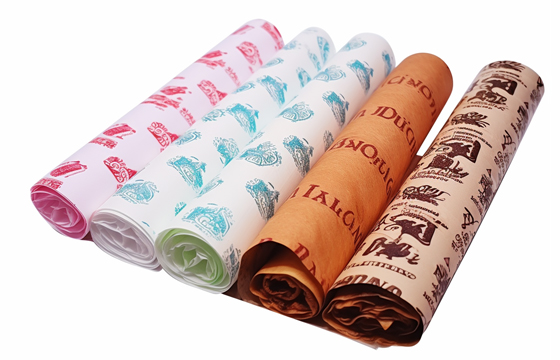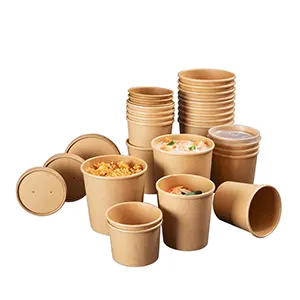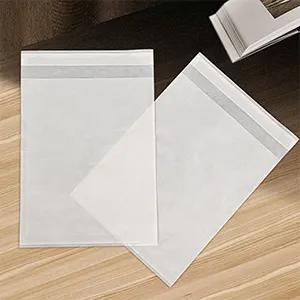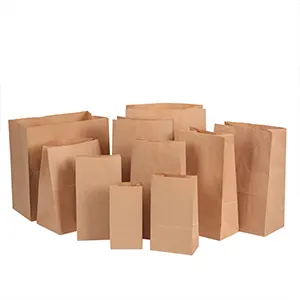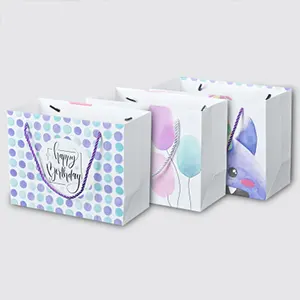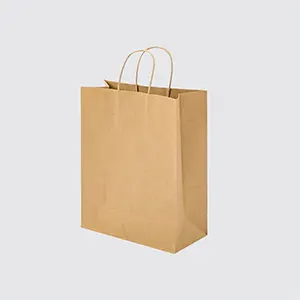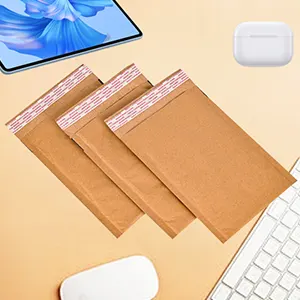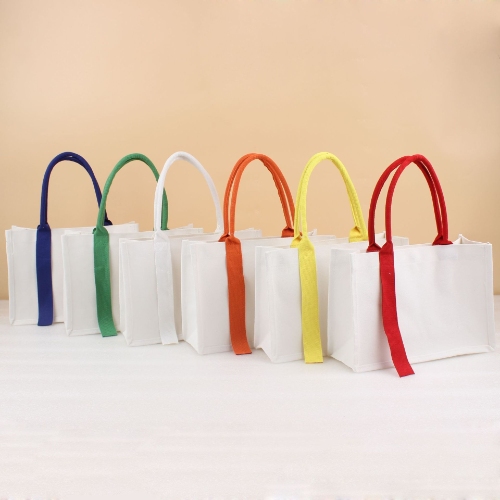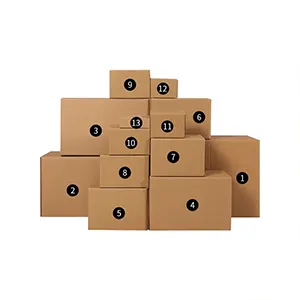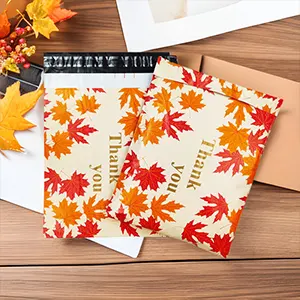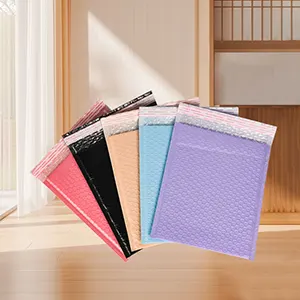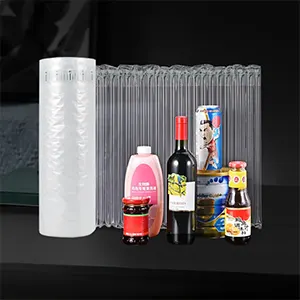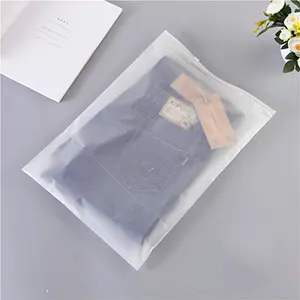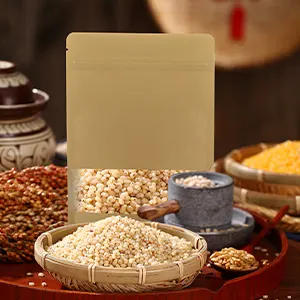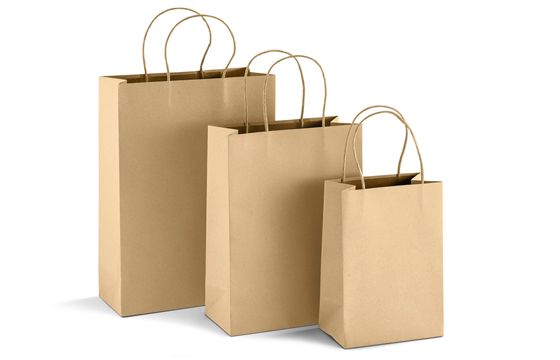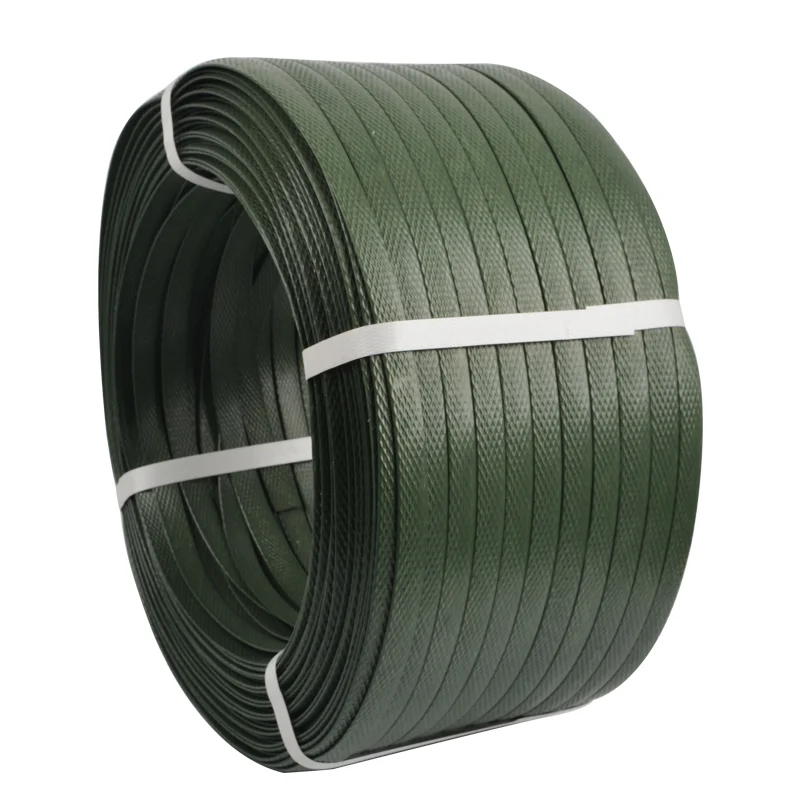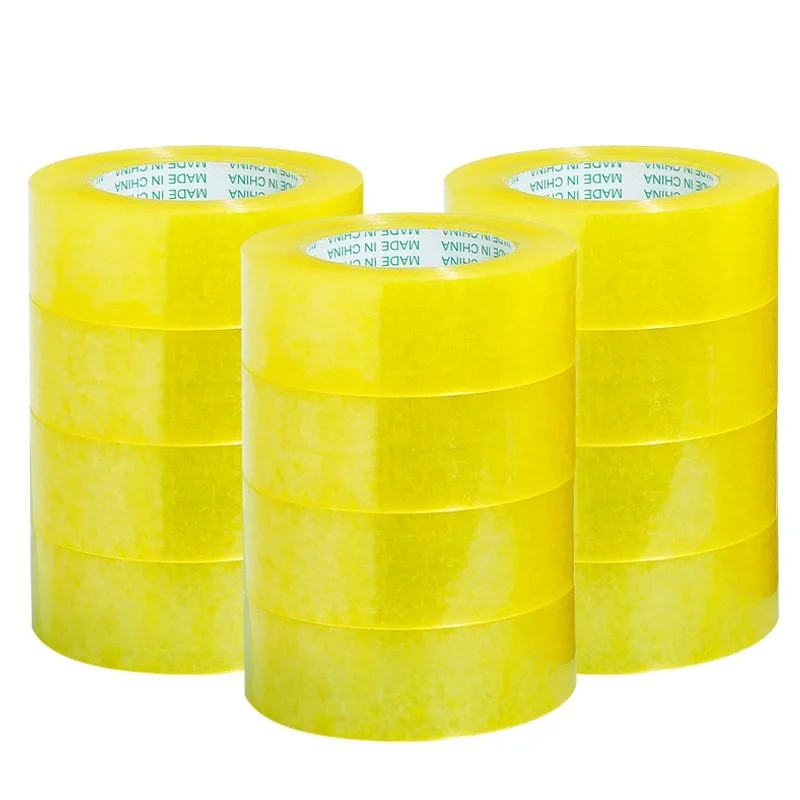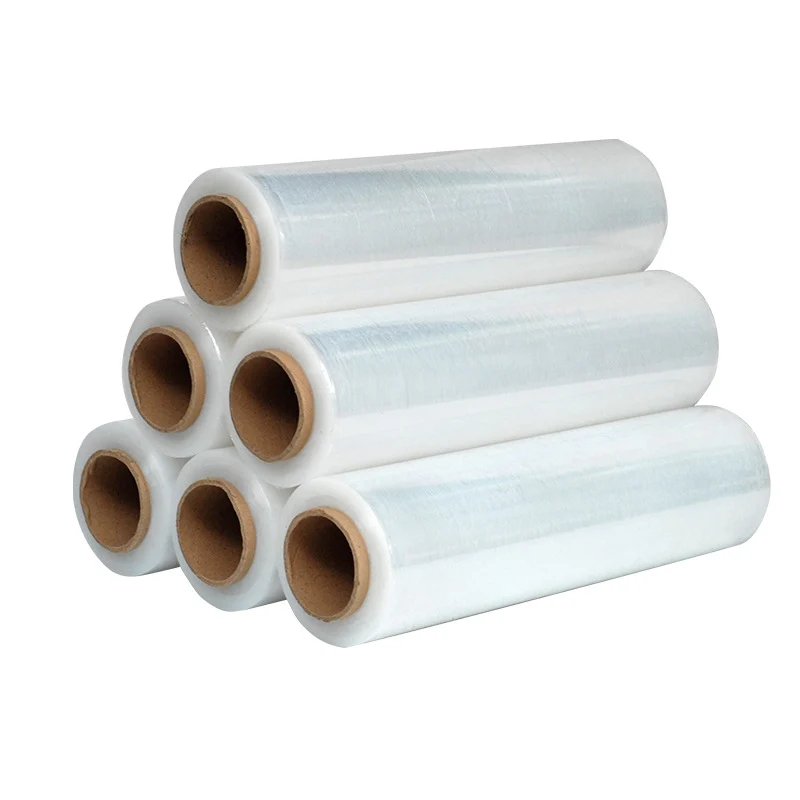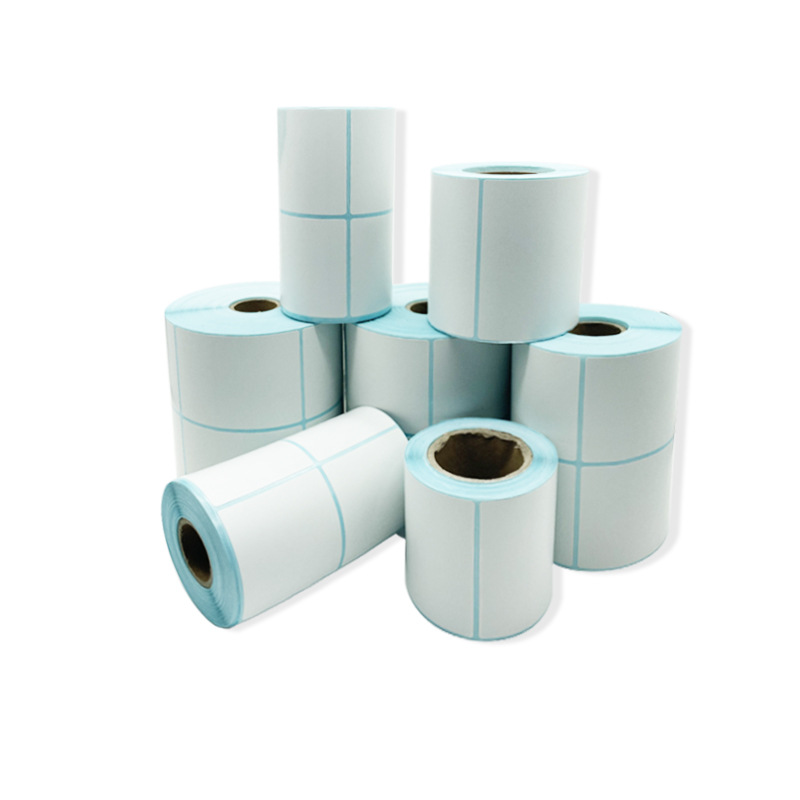Cotton vs Polypropylene Reusable Bags: Which Is the Eco-Champ?
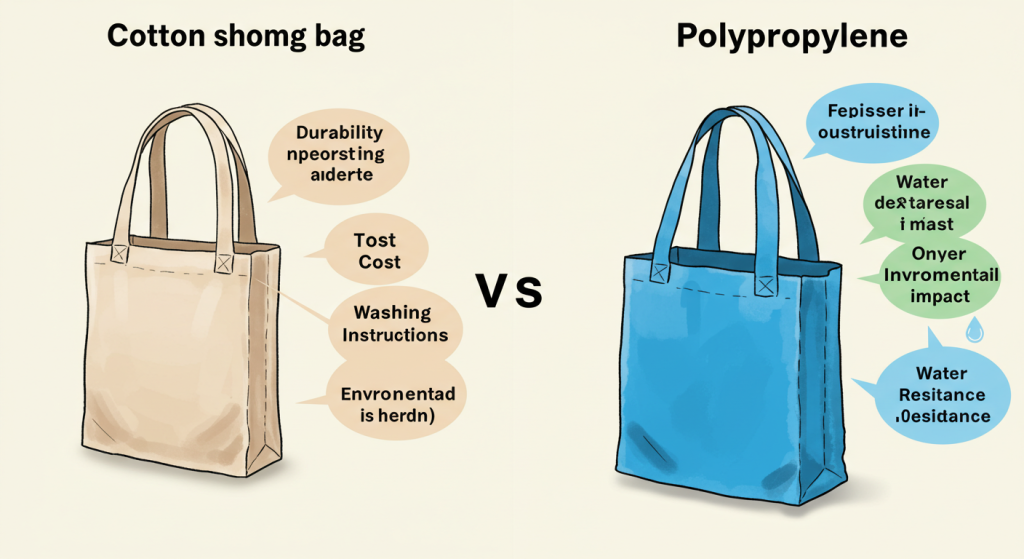
You’re at the market, juggling avocados and kale, debating: cotton or polypropylene tote? In 2025, with 70% of shoppers choosing eco-friendly options, per a 2024 Retail Dive study, picking the right reusable bag matters. Cotton and polypropylene (PP) bags, both GOTS-certified or recyclable, battle for sustainability supremacy, slashing 5 trillion plastic bags’ toll, per UNEP. Cotton’s natural fibers scream green, but PP’s durability and low reuse threshold challenge its crown. A 2024 ASI survey notes promotional bags generate 4,066 monthly impressions in London, so style counts too. This guide compares their environmental impact, durability, cost, and cleaning, with a clear table and FAQs, to help you choose. From EcoBag Supply’s sustainable totes to practical tips, we’ll unpack which bag aligns with your eco-values and lifestyle. Ready to crown the eco-champ? Dive into the cotton vs polypropylene showdown for 2025’s greenest choice!
Why Compare Cotton and Polypropylene Reusable Bags?
Comparing cotton and polypropylene reusable bags helps shoppers make eco-conscious choices. Their rise in popularity and distinct traits drive the need for clarity in 2025.
Rise of Eco-Friendly Shopping
With 70% of consumers preferring sustainable brands, per a 2024 Retail Dive study, reusable bags cut 5 trillion plastic bags’ waste, per UNEP. Cotton and PP lead as eco-alternatives, per a 2025 NOAA report, shaping green shopping trends, per.
Key Factors in Bag Choice
Environmental impact, durability, cost, and cleaning influence bag selection, per a 2024 Textile Exchange report. Cotton’s biodegradability contrasts PP’s recyclability, per a 2024 UK study. Eco-friendly tote comparison weighs these factors, ensuring sustainable choices align with 2025’s zero-waste goals, per, for practical, stylish shopping, per a 2024 Retail Dive study.
Understanding Cotton Reusable Bags
Cotton reusable bags, prized for their natural fibers, are a staple for eco-shoppers. Their GOTS-certified properties and environmental footprint define their 2025 appeal.
GOTS-Certified Cotton Properties
GOTS-certified cotton, pesticide-free, uses 91% less water than conventional cotton, per a 2024 Textile Exchange report. Biodegradable in 5 months, per, it holds 20-50 pounds for 150+ uses, per a 2024 UK study. Eco-friendly tote comparison highlights cotton’s soft, durable weave, per.
Environmental Impact of Cotton
Cotton’s production demands 10 tons of water per pound, per, and 16% of global insecticides, per a 2024 Retail Dive study. It requires 131-7,100 reuses to match plastic’s climate impact, per,. Sustainable bag maintenance with eco-cleaning mitigates impact, but cotton’s footprint challenges its green cred, per a 2025 NOAA report.
Understanding Polypropylene Reusable Bags
Polypropylene (PP) reusable bags, made from durable plastic, offer eco-friendly versatility. Their non-woven or woven traits and environmental impact shape their 2025 role.
Non-Woven and Woven PP Traits
Non-woven PP, bonded via heat, mimics canvas, while woven PP, threaded like fabric, adds strength, per. Both hold 15-30 pounds, are water-resistant, and recyclable (#5), per. Eco-friendly tote comparison notes PP’s lightweight durability, per a 2024 Retail Dive study.
Environmental Impact of PP
PP production emits less CO2 than cotton, needing only 11 reuses to match plastic’s climate impact, per,. However, non-biodegradable PP risks microplastic shedding, per. Sustainable bag maintenance with wiping or washing minimizes impact, making PP a contender in 2025’s eco-trends, per a 2025 NOAA report, per.
Durability and Longevity Comparison
Durability determines reusable bag value for 2025 shoppers. Comparing cotton and polypropylene’s strength and wear reveals their longevity in eco-friendly use.
Cotton’s Strength and Wear
GOTS-certified cotton totes, with double-stitched seams, hold 20-50 pounds for 150+ uses, per a 2024 UK study. Heavy loads may stretch fibers over time, per a 2024 Textile Exchange report. Eco-friendly tote comparison notes cotton’s durability, but wear requires careful use, per.
Polypropylene’s Resilience
Non-woven and woven PP bags, supporting 15-30 pounds, resist tearing and water, per. Woven PP’s tight weave enhances longevity, per, lasting 100+ uses, per a 2024 Retail Dive study. Sustainable bag maintenance with minimal wear makes PP a durable choice for 2025’s heavy-duty needs, per, outperforming cotton in resilience.
Cleaning and Maintenance Needs
Cleaning impacts reusable bag hygiene and longevity. Comparing cotton and polypropylene’s maintenance needs highlights their practicality for 2025’s eco-conscious shoppers.
Washing Cotton Totes
Cotton totes, machine-washable in cold water with eco-detergents, handle stains but risk shrinking if dried with heat, per a 2025 FDA guide. GOTS-certified cotton requires gentle care, per a 2024 Textile Exchange report, for 150+ uses, per a 2024 UK study. Eco-friendly tote cleaning is thorough but labor-intensive, per.
Cleaning PP Bags
Non-woven and woven PP bags are wiped with soapy water or machine-washed, resisting stains and odors, per. Their water-resistant nature simplifies maintenance, per a 2024 Retail Dive study. Sustainable bag maintenance for PP is quicker, making it ideal for 2025’s busy shoppers, per, though microplastic risks require careful washing, per.
Cost and Accessibility Analysis
Cost and accessibility shape reusable bag adoption in 2025. Comparing cotton and polypropylene’s price points and availability informs eco-friendly choices.
Cotton Bag Price Points
Cotton totes, especially GOTS-certified, cost $3-$10 wholesale, per a 2024 Retail Dive study, due to high production costs, per. Organic cotton is pricier, per. Eco-friendly tote comparison notes limited affordability, though widely available at retailers like EcoBag Supply, per a 2024 Textile Exchange report.
Polypropylene Bag Costs
Non-woven PP bags cost $1-$5 wholesale, with woven PP slightly higher, per. Lower production costs make PP more affordable, per. Sustainable bag maintenance and accessibility via mass retailers enhance PP’s appeal for 2025’s budget-conscious shoppers, per a 2024 Retail Dive study, offering cost-effective eco-options, per.
Style and Customization Options
Style and customization enhance reusable bag appeal in 2025. Comparing cotton and polypropylene’s aesthetics and design versatility informs eco-chic choices.
Cotton’s Aesthetic Appeal
Cotton totes offer soft textures and vibrant prints, from nautical to minimalist, per a 2024 Retail Dive study. GOTS-certified cotton supports bold logos, per a 2024 Textile Exchange report, for 150+ uses, per a 2024 UK study. Eco-friendly tote comparison highlights cotton’s classic, eco-chic look, per.
PP’s Design Versatility
Non-woven PP’s smooth surface excels for full-color, detailed prints, while woven PP adds texture, per. Both support vibrant customization, per. Sustainable bag maintenance preserves PP’s sleek designs, making it a trendy, versatile choice for 2025’s fashion-forward shoppers, per a 2024 Retail Dive study, rivaling cotton’s style, per.
Sustainability Metrics: Reuse and Recycling
Sustainability hinges on reuse and recycling. Comparing cotton and polypropylene’s environmental metrics reveals their eco-friendliness for 2025’s green shoppers.
Cotton’s Reuse Requirements
Cotton bags require 131-7,100 reuses to match plastic’s climate impact due to water-intensive production, per,. GOTS-certified cotton is biodegradable in 5 months, per, but recycling is limited, per. Eco-friendly tote comparison notes high reuse demands, per a 2024 Textile Exchange report.
PP’s Recycling Potential
Non-woven and woven PP bags need only 11 reuses, per,, and are recyclable (#5), though facilities are scarce, per. Non-biodegradable PP risks microplastics, per. Sustainable bag maintenance and recycling make PP eco-friendlier short-term, per a 2024 Retail Dive study, but cotton wins long-term, per.
Health and Safety Considerations
Health and safety influence reusable bag choice in 2025. Comparing cotton and polypropylene’s hygiene risks ensures eco-friendly totes are safe for use.
Bacterial Risks in Cotton
Cotton’s absorbent fibers trap bacteria like E. coli if unwashed, with 12% of reusable bags showing contamination, per. Regular washing in warm water kills 99.9% of bacteria, per a 2024 Retail Dive study. Eco-friendly tote cleaning mitigates risks, per a 2025 FDA guide, but requires diligence, per.
PP’s Hygiene Advantages
PP’s water-resistant surface resists bacterial growth, per, and is easily wiped clean, per a 2024 Textile Exchange report. However, PP can harbor bacteria if neglected, per. Sustainable bag maintenance with quick cleaning makes PP safer for 2025’s hygiene-conscious shoppers, per a 2024 Retail Dive study, edging out cotton, per.
Sourcing Eco-Friendly Bags from Suppliers
Sourcing eco-friendly reusable bags ensures sustainability in 2025. Comparing cotton and polypropylene supplier options supports informed, green purchasing decisions.
Verifying GOTS Certifications
For cotton, confirm GOTS certification for 91% less water use, per a 2024 Textile Exchange report. Request documentation from suppliers like EcoBag Supply, per a 2025 NOAA report. Eco-friendly tote comparison ensures certified cotton for 150+ uses, per a 2024 UK study, maintaining green standards, per.
Choosing PP Suppliers
For PP, verify recyclability (#5) and ethical production, per. Suppliers like BagzDepot offer reliable non-woven and woven PP, per a 2024 Retail Dive study. Sustainable bag maintenance starts with trusted vendors, ensuring eco-friendly PP bags align with 2025’s sustainability goals, per a 2025 FDA guide, for consistent quality, per.
Practical Use Cases for Each Bag
Practicality drives reusable bag choice in 2025. Comparing cotton and polypropylene’s use cases highlights their suitability for eco-friendly shopping scenarios.
Cotton for Everyday Shopping
Cotton totes, holding 20-50 pounds, suit daily grocery runs or market visits, per a 2024 Retail Dive study. Their soft, biodegradable nature appeals to eco-shoppers, per. Eco-friendly tote comparison favors cotton for lightweight, dry goods, per a 2024 Textile Exchange report, ensuring style and sustainability, per.
PP for Heavy or Wet Loads
PP bags, with 15-30 pounds capacity, excel for heavy cans or wet produce, thanks to water resistance, per. Non-woven PP’s durability suits bulk shopping, per. Sustainable bag maintenance makes PP ideal for 2025’s demanding trips, per a 2024 Retail Dive study, outperforming cotton for rugged use, per.
Making an Informed Choice for 2025
Choosing between cotton and polypropylene reusable bags in 2025 requires balancing eco-values and practical needs. Informed decisions align with sustainable goals.
Aligning with Eco-Values
Cotton’s biodegradability suits long-term zero-waste goals, despite high reuse needs (131-7,100 times), per. PP’s lower reuse threshold (11 times) offers short-term eco-gains, per. Eco-friendly tote comparison favors cotton for purists, per a 2024 Textile Exchange report, and PP for efficiency, per.
Balancing Practical Needs
Cotton excels for style and light loads but demands washing, per a 2024 Retail Dive study. PP’s durability and easy cleaning suit heavy, wet items, per. Sustainable bag maintenance tips guide choices, ensuring 2025 shoppers pick totes matching lifestyle and budget, per a 2025 NOAA report, per a 2025 FDA guide.
Comparison of Cotton vs Polypropylene Reusable Bags
Comparing cotton and polypropylene reusable bags clarifies their eco-friendly merits. This table and analysis highlight key factors for 2025’s sustainable shoppers.
Environmental, Practical, and Cost Factors
| Factor | Cotton | Polypropylene |
|---|---|---|
| Material | GOTS-certified cotton, biodegradable | Non-woven/woven PP, recyclable #5 |
| Reuses Needed | 131-7,100 to match plastic’s impact | 11 to match plastic’s impact |
| Water Use | 10 tons/pound for production | Low, minimal water needed |
| Durability | 150+ uses, wears with heavy loads | 100+ uses, water-resistant |
| Cleaning | Machine-wash, labor-intensive | Wipe or wash, easy |
| Cost (Wholesale) | $3-$10 per bag | $1-$5 per bag |
| Best Use | Light, dry groceries | Heavy, wet loads |
Strengths and Weaknesses
Cotton shines for biodegradability and style but demands high reuses and intensive cleaning, per a 2024 Textile Exchange report. PP excels in low reuse needs, durability, and easy maintenance, but microplastic risks linger, per. Eco-friendly tote comparison shows PP as eco-efficient short-term, cotton as long-term green, per a 2024 Retail Dive study.
FAQ: Cotton vs Polypropylene Reusable Bags
This FAQ addresses six common questions about cotton vs polypropylene reusable bags, offering practical tips for eco-friendly choices in 2025.
Six Common Questions Answered
- Which is more eco-friendly? PP needs fewer reuses (11 vs 131-7,100), but cotton’s biodegradability wins long-term, per.
- Are cotton bags harder to clean? Yes, they require washing vs PP’s wiping, per,.
- Which is more durable? PP resists water and wear better than cotton, per.
- Are PP bags safe? Yes, if cleaned, but cotton risks bacteria if unwashed, per.
- Which is cheaper? PP costs $1-$5 vs cotton’s $3-$10, per.
- Can both be customized? Yes, cotton for bold prints, PP for detailed designs, per.
Practical Selection Tips
Choose cotton for style and light loads, PP for heavy, wet items, per a 2024 Retail Dive study. Wash regularly, source from EcoBag Supply, per, ensuring eco-friendly tote comparison guides sustainable choices, per a 2025 FDA guide.
Conclusion: Pick Your Eco-Friendly Bag Wisely
Cotton vs polypropylene reusable bags pits biodegradability against efficiency, with both slashing 5 trillion plastic bags’ toll, per UNEP. Cotton’s GOTS-certified fibers, needing 131-7,100 reuses, excel for eco-purists, per, while PP’s 11-reuse threshold and easy cleaning suit practical 2025 shoppers, per. EcoBag Supply’s sustainable totes, whether cotton or PP, offer style and durability, per a 2025 NOAA report. This guide’s comparison and FAQs clarify environmental, cost, and practical factors, ensuring informed choices. Cotton’s charm shines for light loads; PP’s resilience handles heavy hauls. Ready to pick your eco-champ? Shop EcoBag Supply’s eco-friendly totes today. Choose wisely for sustainable shopping that blends style, function, and a planet-friendly edge in 2025’s green revolution
JERL has been working hard on the road of custom packaging. Next time when you feel the need to impress someone with your brand, think of JERL Packaging!
